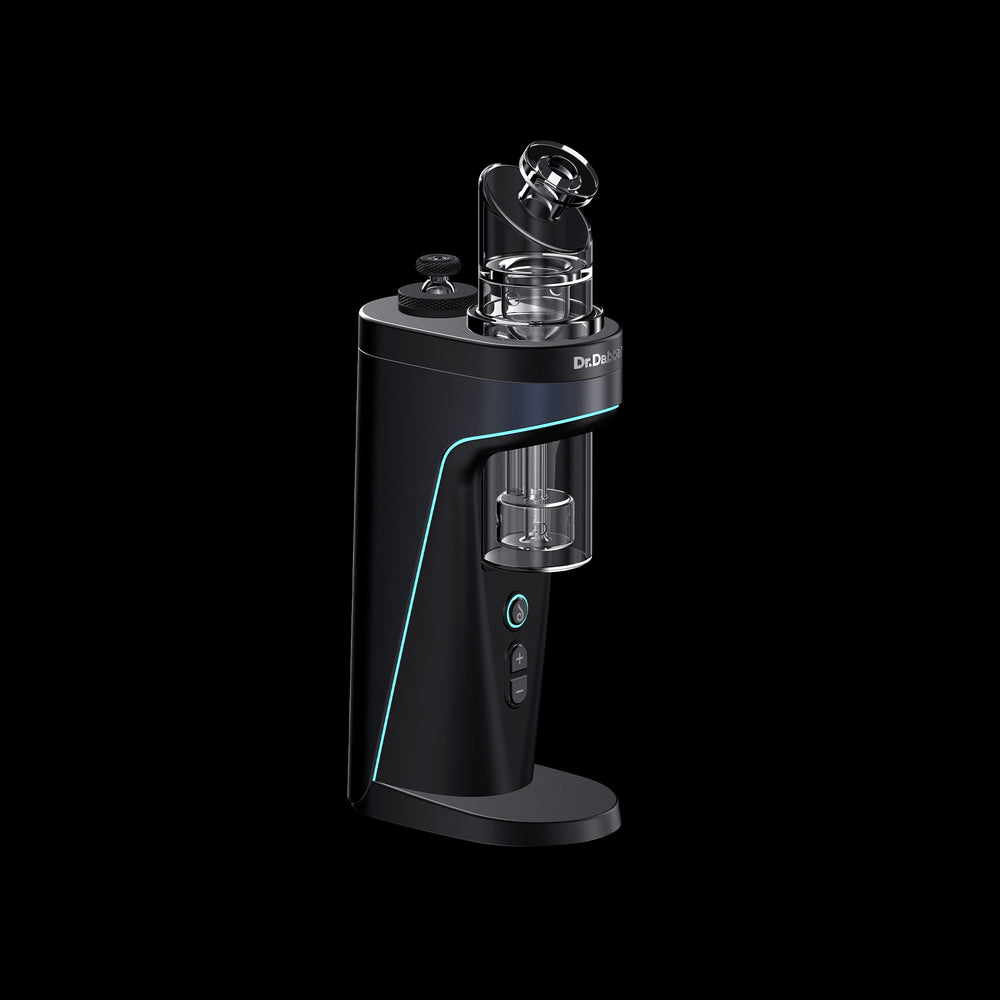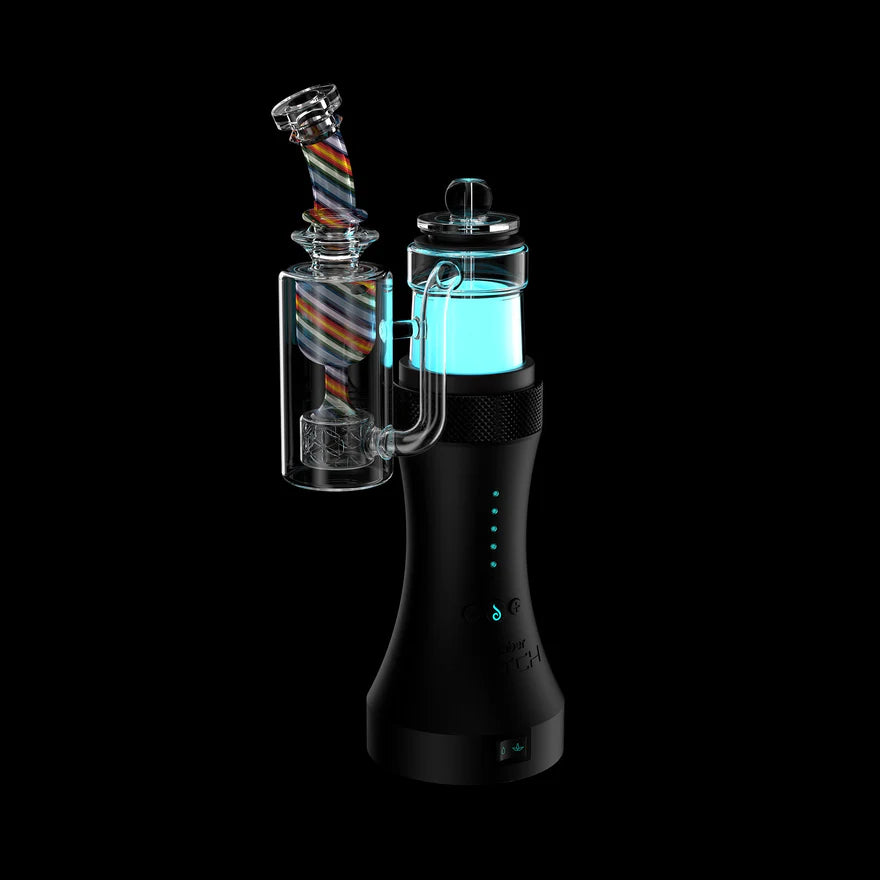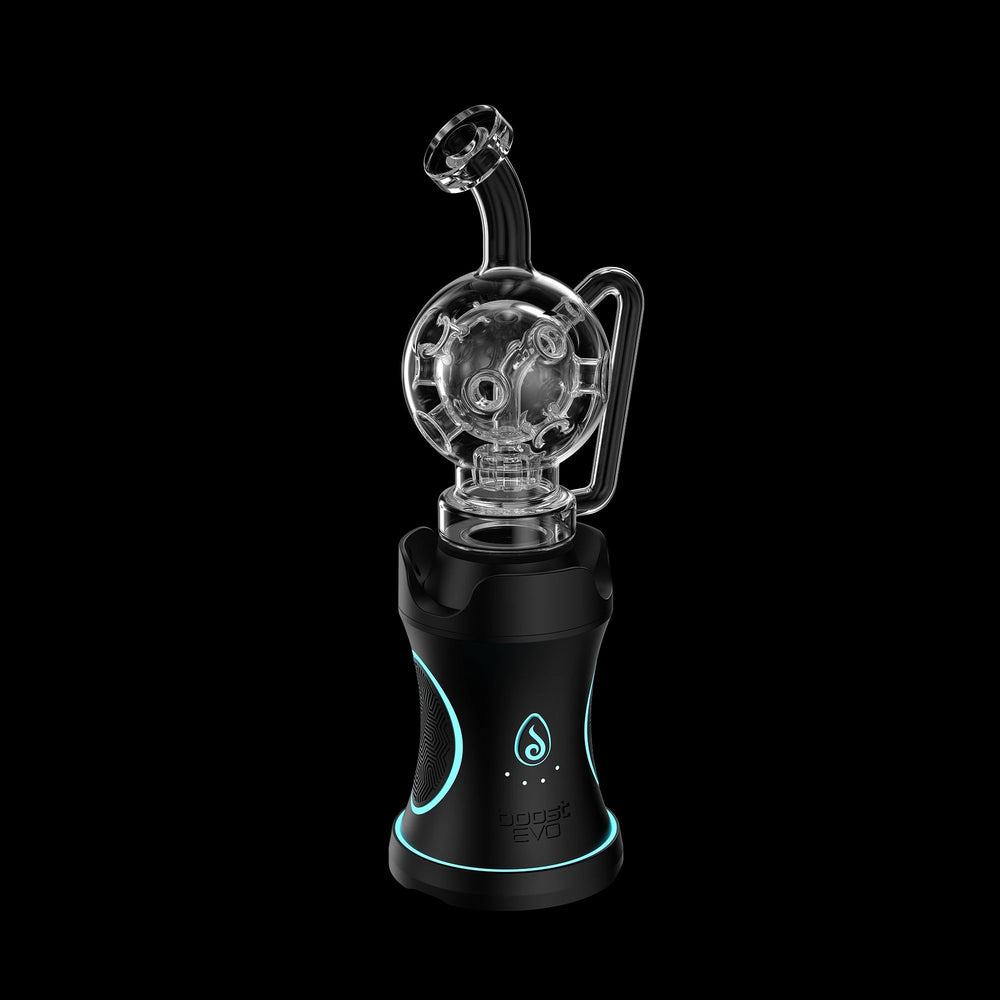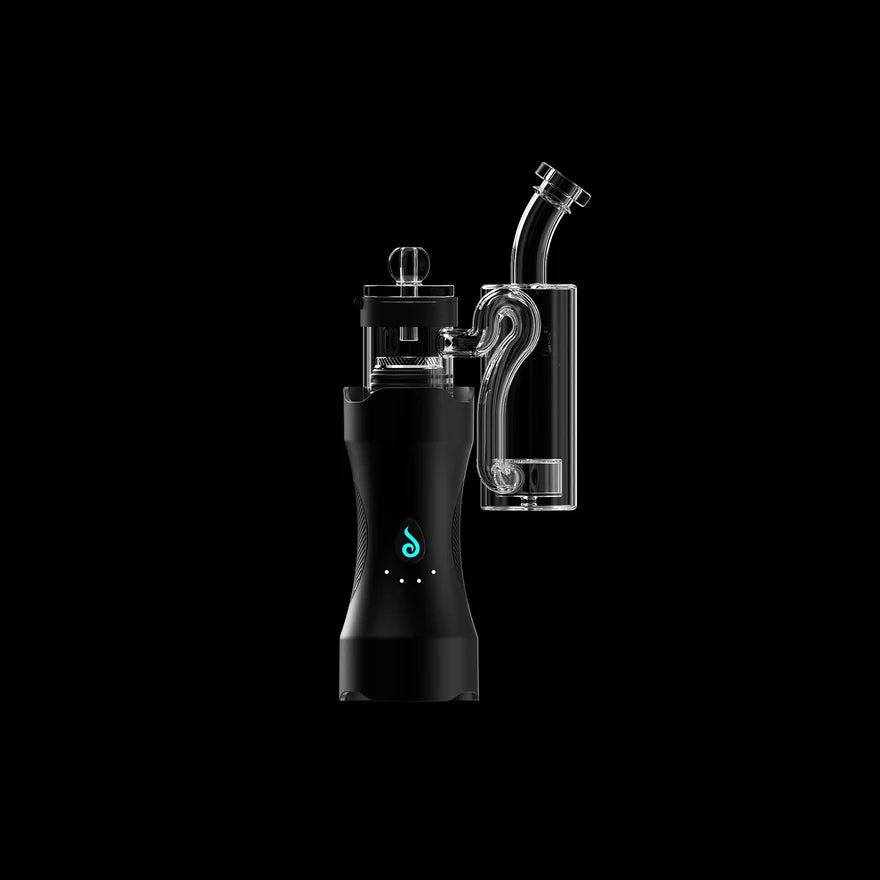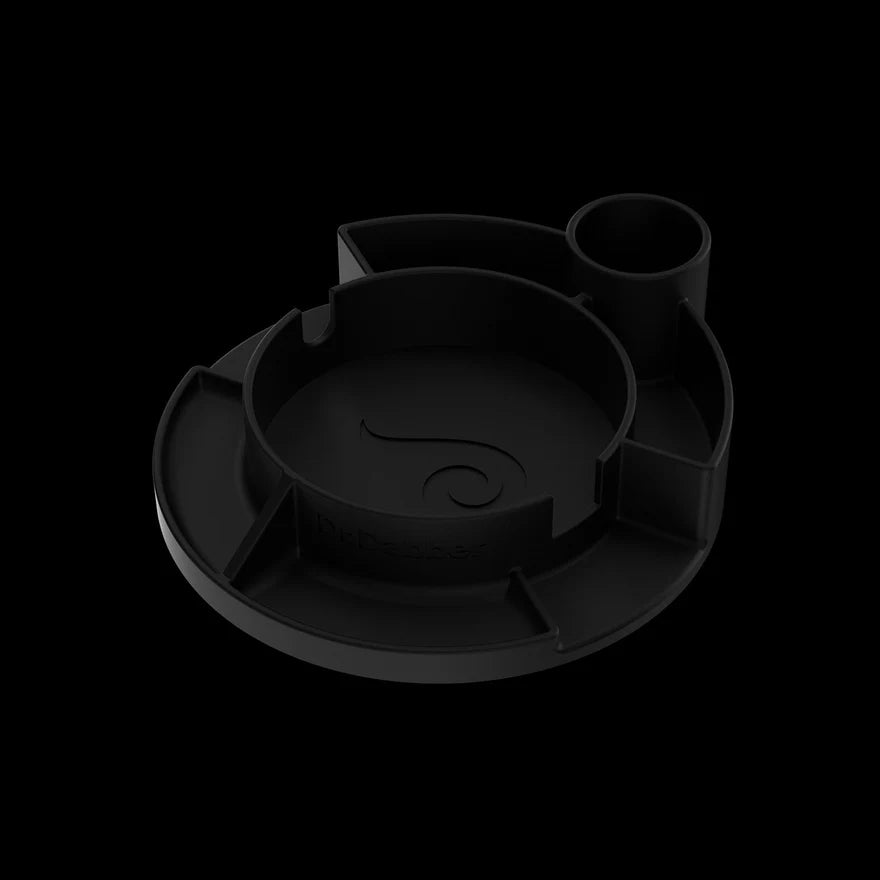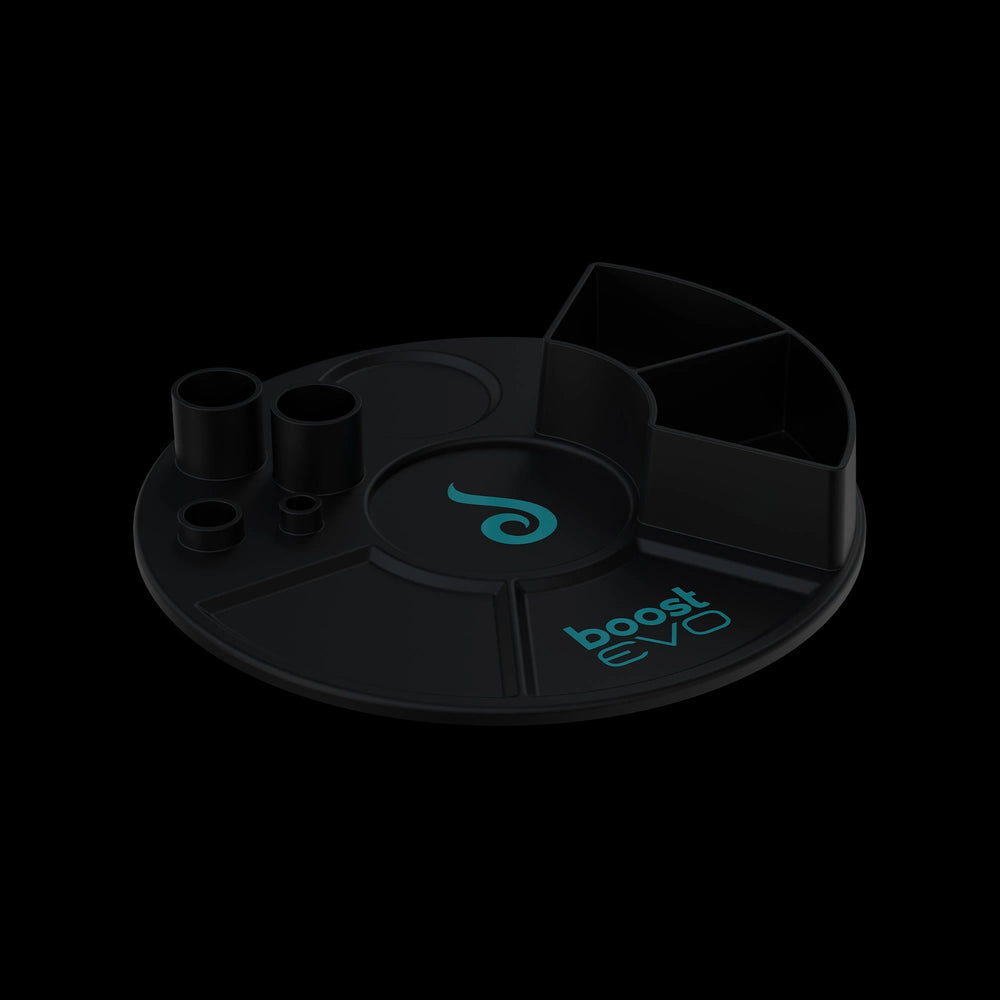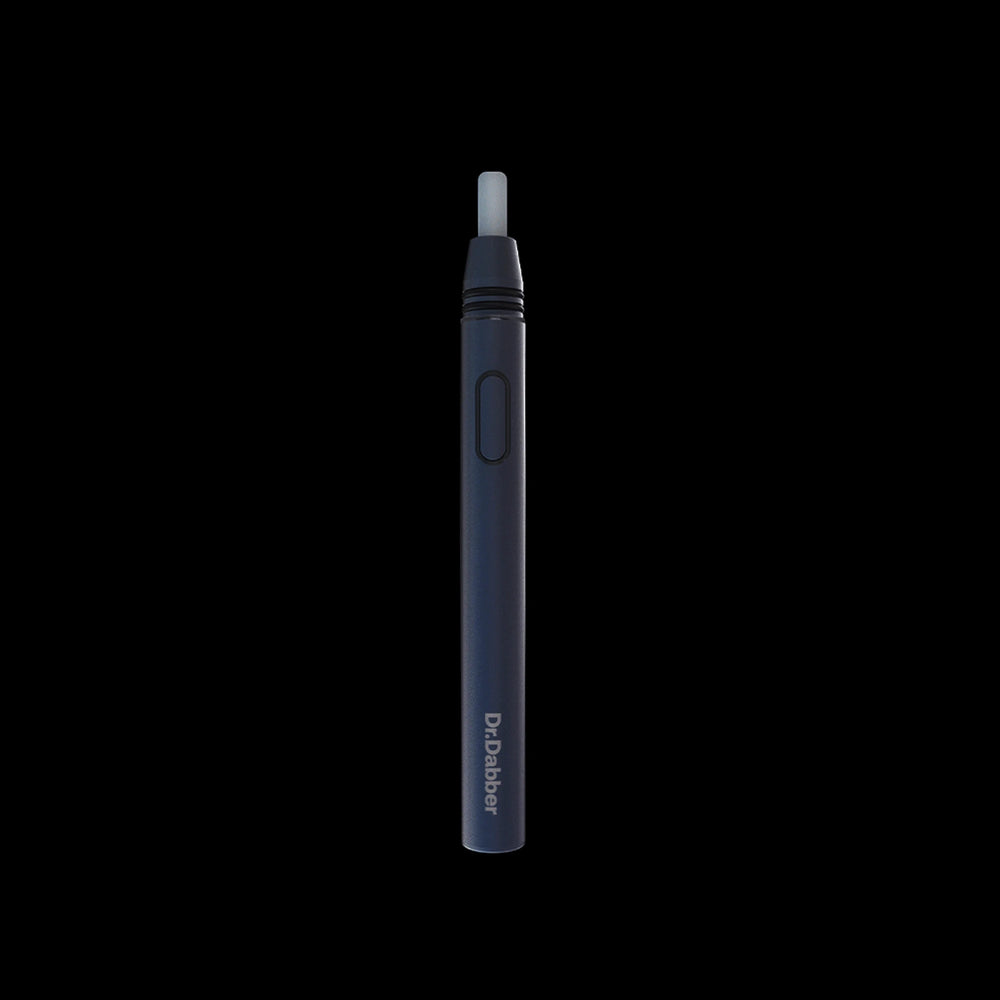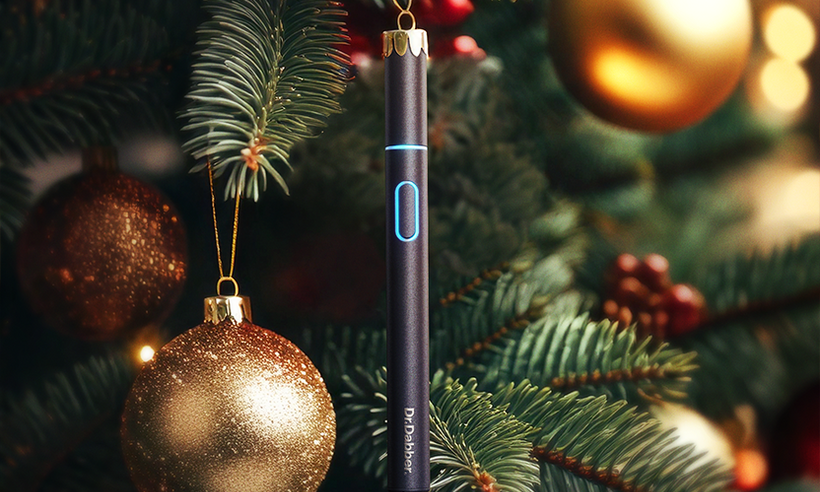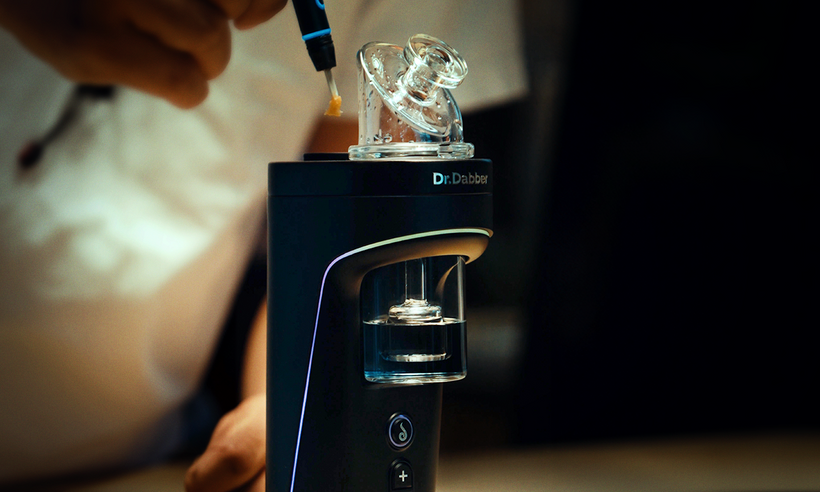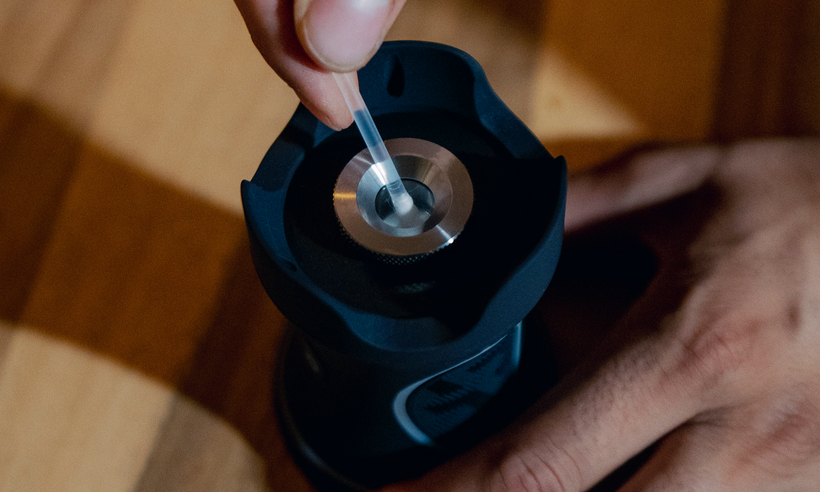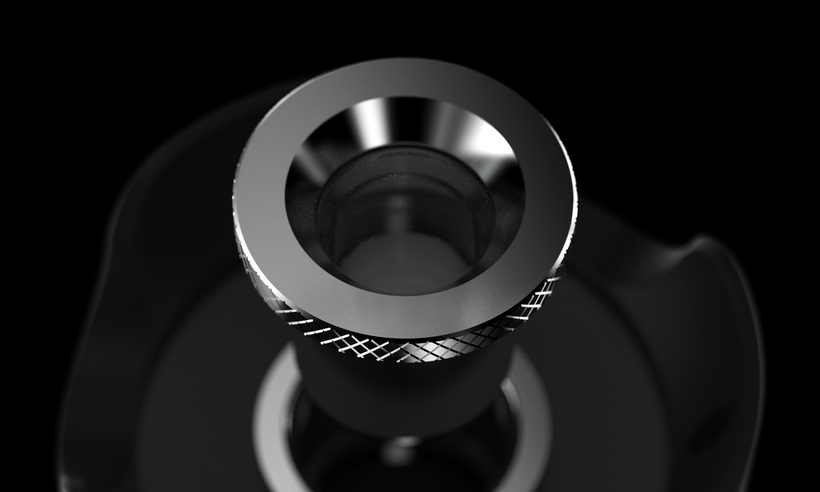Your cart is empty.
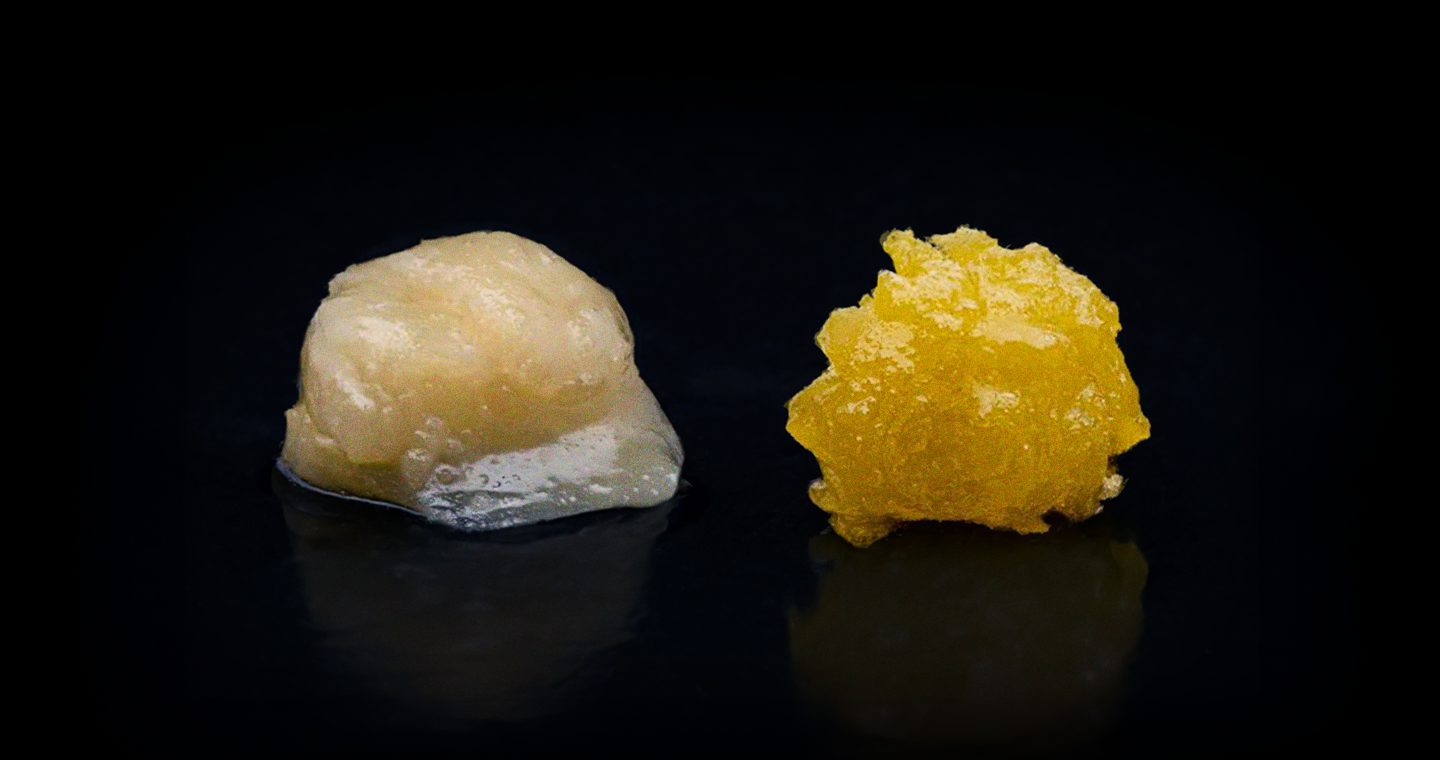
Rosin vs Resin: Full Comparison

Are you familiar with cannabis concentrates? If you're a dab enthusiast, you probably have some knowledge about them. When it comes to cannabis concentrates, two terms frequently come up: rosin and resin. Both rosin and resin have gained tons of popularity among cannabis lovers in recent years — mostly because of their potency, but their intense aroma and flavor profiles aren’t anything to brush aside, either. Their similar names, understandably, often lead to confusion. If you’re wondering what exactly differentiates rosin from resin, you’re definitely not the only one.
To put it simply (we’ll go into more detail later), what sets live rosin apart is its production process, which doesn't involve the use of solvents. Typically, producers create it using meticulously selected trichome and terpene-rich plants, and consequently, the price tag on rosin tends to be quite high in comparison to the price tag on resin.
Let’s do a deep dive into the fascinating world of rosin vs resin below. These similar yet quite different cannabis concentrates are super interesting, and Dr. Dabber is here to tell you all you need to know about them!
Rosin & Resin: What’s the Difference?
It can be difficult for newbies to differentiate between rosin and resin, and it doesn’t help that the names are so similar. When it comes down to it, the main difference between rosin and resin lies in the extraction process and curing process used to create each cannabis concentrate. Of course, both concentrates originate from cannabis plants — although, concentrate doesn’t look very “plant-like,” so to speak. That’s pretty much the one commonality they share!
Let’s talk about the production of rosin and resin below so that you can get a better understanding of how they differ:
Live Rosin
Before making live rosin, producers make bubble hash. The process of making bubble hash involves straining cannabis buds through a plastic bag with little holes in it (the holes let the trichomes pass through, but none of the actual plant material gets lost). Bubble hash looks a bit like Hexus from the animated film Fern Gully. If you know, you know. It’s a black or tannish goop that’s quite sticky to the touch.
After making the bubble hash, the producer will then apply pressure and heat to it — which leaves behind that familiar slurry of terpenes and cannabinoids. Now, here’s a huge difference between rosin and resin. Live rosin does not contain any solvents, whereas live resin is blasted with solvents like butane. The fact that rosin is solventless makes it a bit better for you, and the oftentimes grueling process that goes into making it explains its high price tag.
Live Resin
Live resin starts with the production of butane hash oil (otherwise known as BHO). To make butane hash oil, the producer washes cannabis plants with butane and then purges the butane to separate the terpenes and cannabinoids from the flower. BHO looks significantly different from bubble hash. It’s still a goop-like substance, but it’s translucent and almost gold in color.
Another differentiating step that takes place during the production of live resin is the immediate freezing of the cannabis plants. Usually, the cannabis would be dried and cured first, but when it comes to making live resin, producers will actually freeze it beforehand. This is because live resin is meant to be exceptionally potent, and freezing the cannabinoids and terpenes is what gives it that effect.
What Is Live Rosin?
Even if you're not a big dabber, there's a good chance you've heard of "live rosin" and "live resin" before. In actuality, though, we have only recently observed these phrases being used together. Until recently, only "live resin" could be used to refer to this particular type of cannabis concentrate. When people allude to "live resin," they often mean butane hash oil (BHO), which, as previously discussed is produced with frozen flower or trim. The term "live" now refers to any product created from raw ingredients that were instantly frozen following harvest.
So, what is live rosin, exactly? Despite having similar names, live rosin and live resin are quite different. As we mentioned before, it's created by pressing and heating cannabis plants. To achieve this, you can use a t-shirt press or even a hair straightener (if you don't happen to have a rosin press on hand). Some people may believe that when someone says "live rosin," they're referring to concentrations made from recently frozen plants.
However, the process of making live rosin is more complicated than just taking a frozen cannabis plant out of the freezer and pressing it with heat. If you did this, there would be a ton of extra moisture. Basically, you would be heating the water at the same time as the terpenes and cannabinoids.
Most live rosin producers agitate the trichomes on the plant they're handling with water and ice. This makes it much more feasible for them to gather the extracted materials using a flat object. To prevent too much moisture from evaporating, they'll normally slice it up and spread it around, which allows it to cure properly. Mold might develop if there’s too much moisture left behind, which is why producers have to be exceptionally careful about sealing the jar with the cannabis concentrate inside too soon.
“Live resin" is made from freshly frozen cannabis instead of dried and cured buds. This extraction technique allows the dabber in question to experience the flavor of the living plant (as opposed to the traits of cured or dried buds) while simultaneously releasing cannabinoids and maintaining the terpenes. Live resin is regarded as a premium product by cannabis connoisseurs, mainly because these terpenes are still present.
The process of making live resin is pretty simple, especially in contrast with the process required to make live rosin. Live resin may be produced faster than other types of concentrate since it's initially freshly frozen from buds that don't need to be dried or cured. Since the finished product is dripping with cannabinoids, trichomes, and terpenes, live resin is considered to be one of the most delectable concentrate types out there (though, it's not solventless like live rosin is, which means it's not very good for you).
Everybody’s favorite components of cannabis are still present in live resin. Its flavor, for one, is worth calling home about. Both recreational and medical cannabis enthusiasts have grown to love live resin (and live rosin), so it’s safe to say that neither is going away anytime soon.
Which One Gets You More High?

This may or may not be the question you’ve been seeking the answer to, and we don’t blame you! When it comes to deciding between rosin and resin, potency is certainly an important factor to take into consideration. As you know by now, live resin tends to be slightly more potent than live rosin. This is because resin involves a more intricate production procedure. The maximum amount of THC can be extracted from each batch of resin, largely due to the use of solvents.
As was previously stated, live resin tends to be slightly more potent than live rosin. This is because resin extraction involves a more intricate production procedure. The maximum amount of THC may be extracted from each batch due to the use of solvents. Rosin, however, is less restricted and easier to acquire. The reason for this is that it has lower THC levels overall (though, live rosin is not — by any means — weak). Basically, it just lacks the potency of live resin.
So, to answer this question, live resin will usually get you higher than live rosin, but live rosin is honestly an ideal option for those who find live resin to be too potent.
How to Store Live Rosin
Ah, the age-old question. How are you supposed to store live rosin? Well, for starters, you’ve got to think about how long you want to preserve your rosin. You’re also going to want to make sure they’re very little light or heat exposure, and that you’re keeping your rosin in an airtight container (usually, a glass jar). The large amounts of acidic terpenes in quality rosin interact with certain substances, and this can cause chemical reactions — which can, unfortunately, have a detrimental effect on your rosin. Talk about science in action!
An excellent option for short-term storage is silicone containers. The great thing about silicone is you won't have to worry about your rosin getting exposed to light contamination. Silicone is also easier to work with than glass since rosin won't stick to silicone surfaces quite as much. Keeping your rosin in a silicone container isn’t a great idea for the long term, though, since the rosin’s acidic terpenes will dissolve the silicone over time. When high-quality rosin is stored in a silicone container for a week or longer, the silicone's components get broken down by the terpenes. It’s not ideal, to say the least!
If you want to preserve your rosin for more than a week or so, opt for glass containers. We'd highly recommend keeping your rosin dry in a glass jar with a tight-fitting cover. Although the rosin will stick to the glass a little more, there won't be any sort of chemical interaction between the components of your rosin and the surface of the glass.
Glass is also the best option for limiting rosin's chemical changes over time and preventing evaporation and oxidation. You'll have fresh, top-notch rosin to look forward to for several weeks if you keep the glass jar in a dark, cold, and dry place.
How to Store Live Resin
Glass or silicone is the best material for a live resin storage container. The storage process is quite similar to that of live rosin, but live resin should be stored carefully in the refrigerator when you’re not using it. In these circumstances, live resin can last for several months or, perhaps, a year or more before it begins to deteriorate. As with live rosin, it’s a good idea to store your live resin in a cool, dark place. Make sure the container you’re keeping it in is properly sealed so that the terpenes don’t break down too fast.
Moisture is also the arch nemesis of live resin. You must keep your resin at its natural consistency, as anything other than that won’t work very well the next time you try to dab it. This means keeping it away from any moisture and sealing your glass or silicone container up tightly as soon as you’re done using it. This will prevent any evaporation from happening, which means your resin will last for much longer.
Is Rosin Better Than Resin?
Live rosin often costs more than live resin since the production process is more difficult and results in a cleaner, solvent-free product. Live resin stands out among other cannabis products and offers great value for people who are happy to spend less than they would for live rosin, even though it's thought to be a bit lower in quality than live rosin.
Of course, there will always be people who firmly believe that producing cannabis concentrates without the use of solvents is the best course of action, and these folks are prepared to pay a high price for the superior quality that comes with rosin.
In general, live rosin is thought to be better for you because it doesn’t contain any solvents. Granted, it’ll probably provide you with a cleaner dabbing experience (which is excellent news for people with extremely sensitive lungs). Although live resin tends to be more potent, most people think that this difference isn't great enough to make the live rosin dabbing experience less enjoyable.
The question of “Is rosin better than resin,” though, really depends on your personal preference and what you’re looking to get out of a dabbing session.
Which One Is More Expensive?

We've previously touched on the high cost of live rosin, but why is this particular cannabis concentrate so expensive? It’s higher in quality than live resin, sure, but the price tag has to do with more than just that. To answer this question, rosin is always more expensive than resin, and the reason for this is that the extraction process that comes with making rosin is far more complicated than that which accompanies the production of live resin.
It begins with the production of bubble hash (as was already described). The cannabis flower is then heated and compressed using an iron or rosin press. The entire cost of producing live rosin rises because of the careful nature of this procedure, as well as the requirement for skilled workmanship. However, most people concur that live rosin's benefits make the cost worthwhile — and we couldn’t agree more!
Frequently Asked Questions
Is rosin a resin?
Again, the similar names make things a bit convoluted, but rosin and resin are not the same substance. Rosin is not a resin, and resin is not a rosin. Yes, we know it’s a bit confusing! Live resin is produced through an extraction method based on solvents, whereas rosin is produced only by the use of heat and pressure, with no use of any solvents. Cannabis flower that has been frozen is used to create live resin, whereas dried and cured cannabis is used to create rosin. They’re more different than most people realize!
Is rosin more potent than live resin?
Since the process of manufacturing resin is more intricate and thorough than that of manufacturing rosin, resins are oftentimes more potent than rosins. With resin production, every batch of solvent extraction creates a maximum volume of THC. Because rosin manufacturing is less regulated and easier to access, the THC levels in rosin tend to be lower (therefore making it slightly less potent than resin).
Once again, this isn’t the worst thing in the world. Some people find resin to be way too potent, whereas rosin contains near-perfect levels of potency.
Does rosin have more terpenes than resin?
In comparison to live resin, live rosin often tastes better and contains a lot more terpenes. This has to do with its extraction process — which, unlike that of live resin, is meant to preserve the terpenes in the cannabis plant. The fact that the rosin production process doesn’t use any butane or solvents means that it’s cleaner, better-tasting, and more pleasant-smelling than rosin. Sounds like a major plus to us!
Is live resin safe?
While it’s perfectly safe to dab or vape live resin, it’s not particularly safe to try and make it on your own. Extreme caution must be used during the extraction and purging processes since solvents — which can be explosive — are used to make live resin. If live resin is on the shelf at a dispensary, it has undergone testing and contains fewer residual solvents — so you’ve got nothing to worry about. Happy dabbing!
"The statements made regarding these products have not been evaluated by the Food and Drug Administration. The efficacy of these products has not been confirmed by FDA-approved research. These products are not intended to diagnose, treat, cure or prevent any disease, including but not limited to anxiety, depression, or pain relief. All information presented here is not meant as a substitute for or alternative to information from health care practitioners. Please consult your health care professional about potential interactions or other possible complications before using any product."










